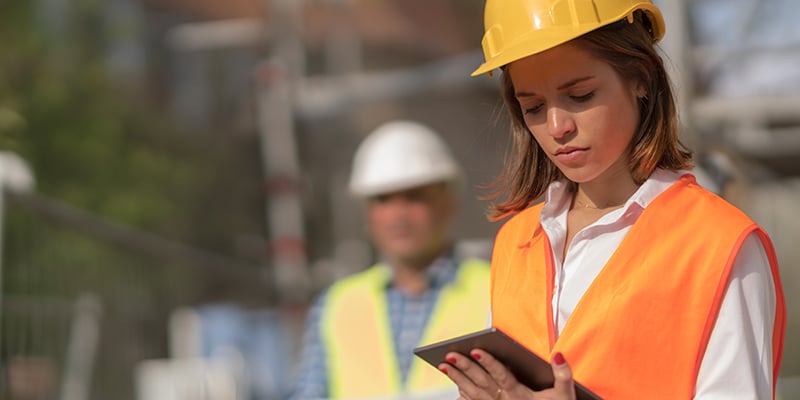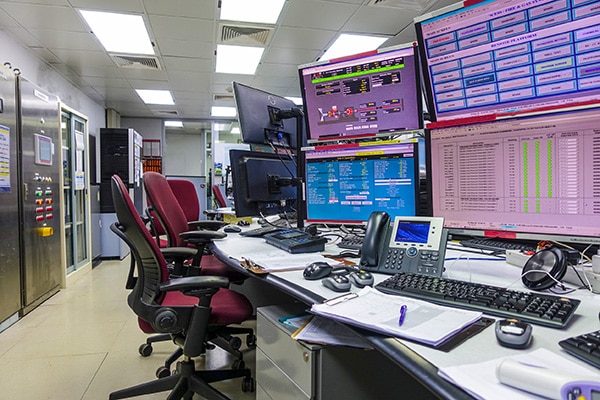
Lone workers occur across a broad range of jobs and industries, and whether they work on-site, in a workplace, or at home, the bulk of the responsibility for protecting their health and safety lies with the employer.
One employee who generally works independently on their own is an auditor, and they can work across a broad range of settings, often travelling to multiple locations each day.
So, if you’re managing auditors who work alone, it’s essential that you have a thorough understanding of the type of risks they may encounter and have measures in place to minimise them. One product that can make a big difference to the safety of your lone workers is a personal duress alarm—read on to find out how the right one can reduce risk and make it easier to monitor the wellbeing of the lone workers on your team.
What are the risks to lone auditors?

Auditors work across many industries, reporting on many things including finance, health and safety, accessibility and compliance. Three common types of audits undertaken by lone workers are:
- Compliance and safety checks on essential services such as supermarkets
- Disability access audits to identify barriers for useability of a building or service
- Building audits where the suitability of a building for its given purpose is assessed.
The risks to lone workers undertaking audits are similar to those working as part of a team, however, the risk of serious injury or death is heightened as there may be no one available to assist. The types of incidents that may occur include workplace accidents or emergencies, sudden illness and physical violence from others.
How can a personal duress alarm help?

One way employers can minimise the risks to their auditors working alone is to implement a check-in system where team members are required to call or text in their location at regular intervals throughout the day. And while this can be effective to a degree, when it is a manual system that requires the employee to remember and act at the appropriate times, it can be hard to manage and implement, not to mention take up valuable work time.
To provide an enhanced level of protection and care, many employers are now opting to supply their lone workers with a personal duress alarm. Not only does it give staff a fast and simple way to raise the alarm if they need help, it also automates the check-in process, saving time and allowing for a seamless process and accurate records.
Which alarm is best for lone auditors?

A great option for minimising risks for the lone auditors in your organisation is the SkyTrack 4G personal duress alarm. The compact size and shock and water-resistant design makes it ideal for workers on the go, with an integrated belt clip and safety lanyard carry options providing simplicity and ease of use. The long-life battery can last for five full days, and you can choose between a docking station or USB lead for charging to best suit your needs.
The SkyTrack personal alarm receives coverage across the 3G/4G network and can be used in GPS or WiFi positioning modes. You can customise the extensive features to suit your needs, including 10 alarm events which can be used for SOS, check-in, fail to check-in, person down, motionless, and more. You’ll also get 5-minute regular tracking updates, which increase to 1-minute updates if the SOS alarm has been triggered, and an Australian-based 24/7 monitoring centre, so you can feel confident that the wellbeing and safety of your lone workers will be heard and responded to if required.
Peace of mind for your lone workers

Working alone comes with a heightened risk of serious consequences in the event of an accident or emergency—but with a personal duress alarm, you provide your team with peace of mind that help is available if they ever need it.
Also essential for:
- Lone Care Workers
- Real Estate Agents and Property Managers
- Building Site Workers
- Workers at Heights and in Confined Space
If you have a question about the SkyTrack personal duress alarm, or any other safety or access products, please get in touch with our team on 1300 994 890. We’re always happy to help!